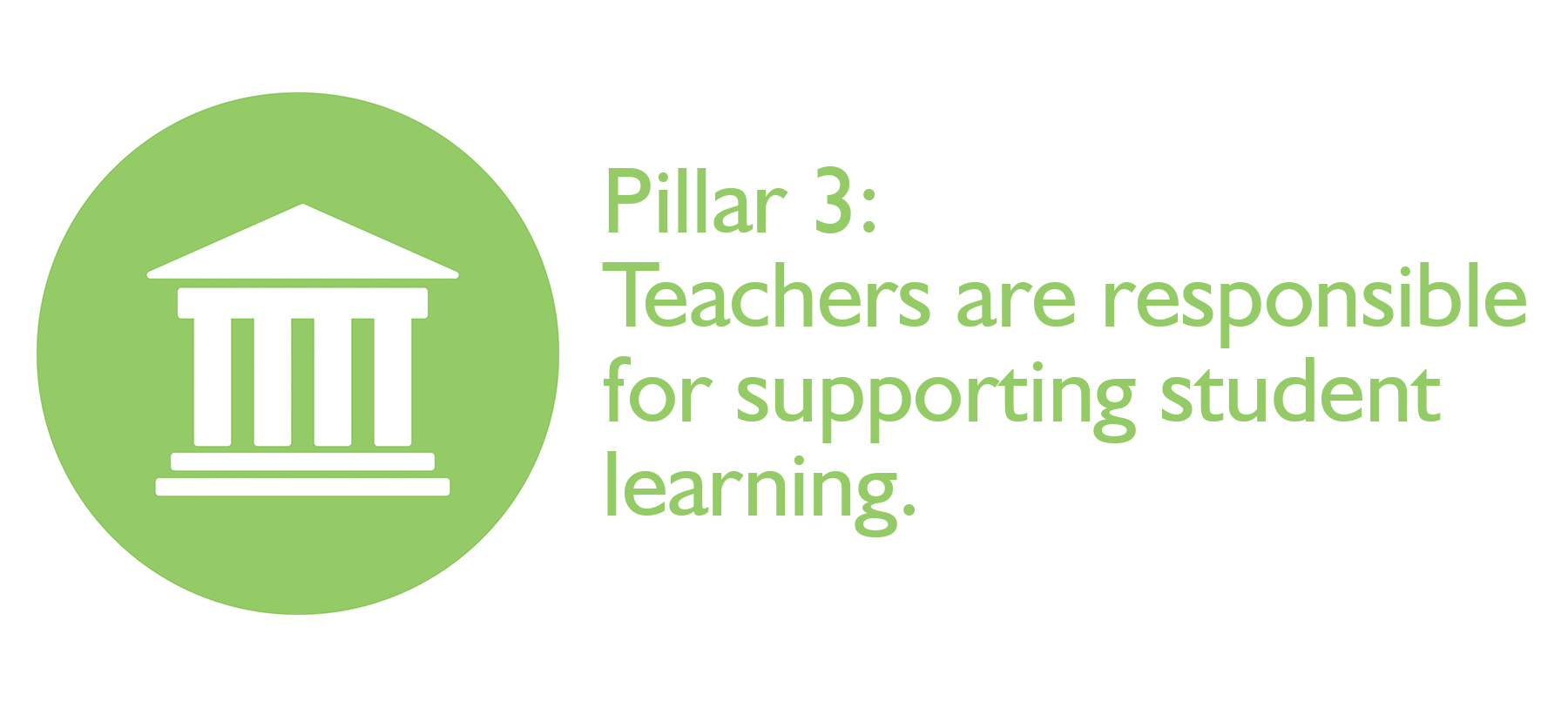Portrait of a TNCS Teacher: Pillar 3

Teachers use multiple methods to meet their instructional goals.
- Reflect on their instructional practices
- Structure their classroom to support learning outcomes
- Transition between various instructional strategies accounting for student need, learning outcomes, and the efficacy of different approaches
- Create and modify instructional materials as needed
Teachers support student learning in varied settings and groups.
- Facilitate different groupings of students allowing for productive interactions
- Establish group norms and develop classroom practices that ensure all students feel heard.
- Set expectations while remaining sensitive to student needs
Teachers value student engagement and engage them in the learning process.
- Foster positive relationships with students inside and outside of the classroom
- Provide clarity by identifying and sharing learning outcomes with students
- Build bridges between prior knowledge and new content
- Model strategies for working through challenging situations
- Implement strategies for maintaining and increasing student engagement
Teachers regularly assess student progress.
- Evaluate the effectiveness of their instructional strategies
- Help students engage in self-assessment and reflection
- Monitor student progress using a variety of methods
- Provide appropriate student accommodations
- Define learning outcomes and create scoring rubrics
- Utilize data to inform decision making

